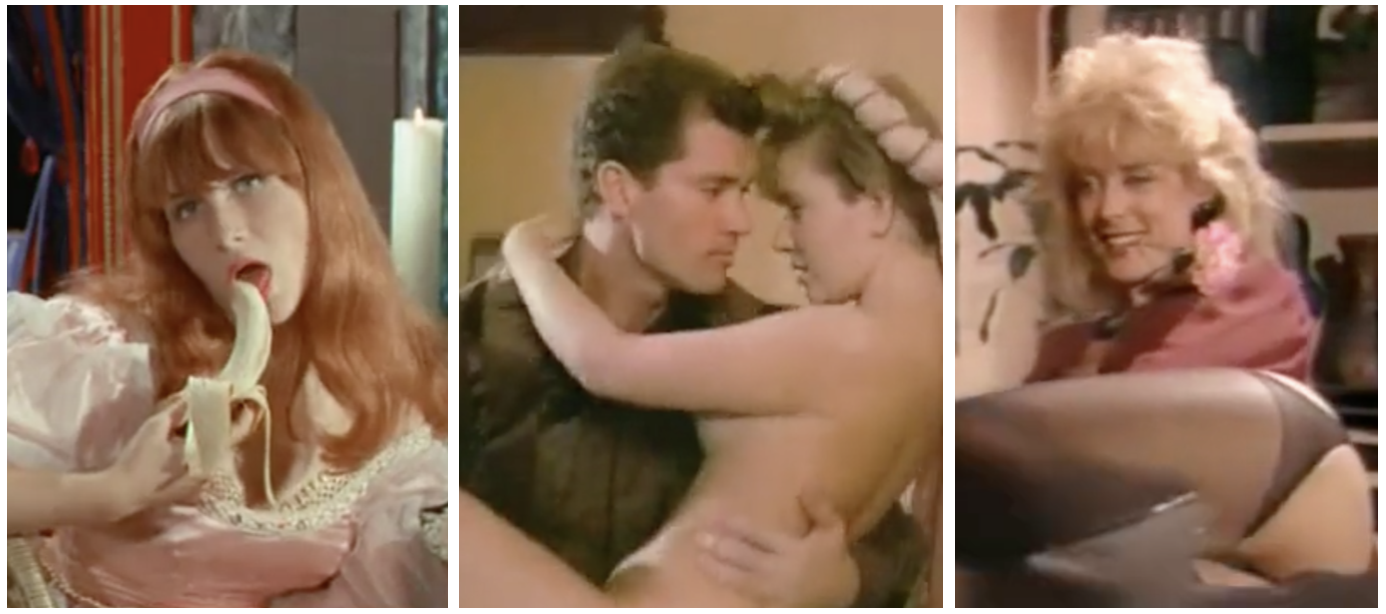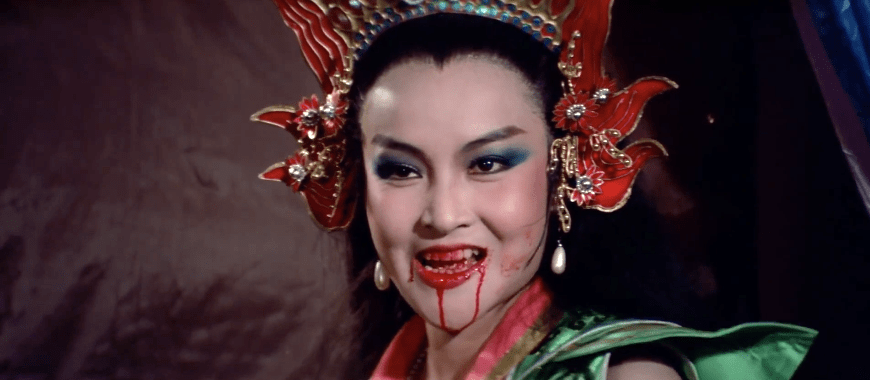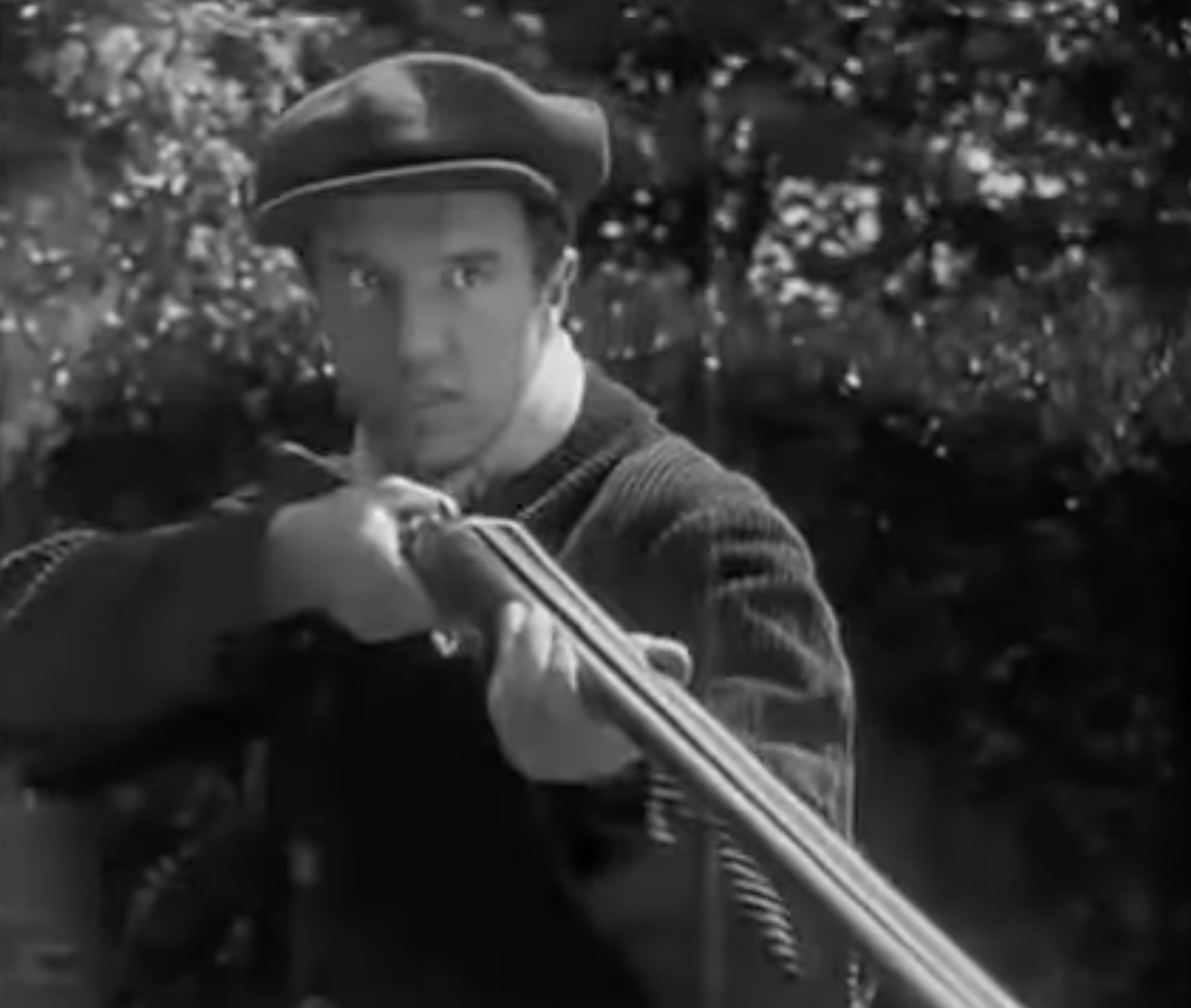
The Cranes Are Flying was directed by Mikhail Kalatozov in collaboration with his cinematographer Sergei Urusevsky in 1957. The two men worked on several films together including Soy Cuba in 1964. Together their craftsmanship is simply astounding. From the first frame of The Cranes Are Flying to the last you can’t help but stare in amazement at what you are seeing. The film is so visually stunning and inventive it’s hard to convey in words. I can’t imagine how long a movie like this must have taken to make. The camera movement, the compositions the blocking must have taken hours or even days to set up.
One of Kalatozov's signatures is inexplicable camera movement. If you saw his work today you might think it was footage shot by a drone mixed with CGI, but of course, it wasn’t. It must have mystified audiences. It mystified me. There is a scene in the film where we follow a man running up a stairwell after his lover. The camera magically stays at a medium shot of him as he sprints around and around the stairs. It’s breathtaking. Later the same man dies and the footage of the stairs is superimposed with his dying POV as he watches the trees around him begin to spin. Then along with the stair footage and the spinning trees, images of his fiancé getting married begin to emerge. The images are not from his memory because they are images of her getting married which hasn’t happened yet. Then slowly we realize it is her marriage to his best friend. The wedding is real and is happening as he is dying. It’s just an incredible montage, mixed with multiple layers of superimposed images that create an impossible conflation of time, memory, hallucination, and tragedy.
The film takes place during World War Two. The story is a relatively straightforward melodrama. It’s a little overwrought a bit reminiscent of a Verdi Opera. Boris and Veronica are a young couple who are split apart when Boris goes off to fight the fascists. We watch both Boris and Veronica try to survive, she against the bombings, and him against the fighting at the front. The narrative is serviceable but it is overshadowed by the visuals. There are sequences where the narrative and craftsmanship complement each other but there are also places where they compete in an uneasy contest for your attention. A simple kiss becomes a tour de force of abstract compositions where the camera and the couple glide through angular architecture and dramatic lighting that makes your jaw drop but tends to distract from the story.

Formally the film is very Russian. The compositions look like Russian Constructivist artworks. The Constructivists were the first generation of communist artists in the USSR. They were optimistic and bold. They pioneered their own style of abstraction but on a grand scale. While Picasso was busy inventing cubism by staring at naked ladies in his Paris garret the Constructivists were building a new universal language of colors and shapes that would unite humanity. They did not achieve their goals but the audacious ambition of their movement fueled radical and exciting work.
In the examples below you can see how the constructivist aesthetic informed Kalatozov’s and Urusevsky’s filmmaking. There is special attention paid to how forms direct the eye. This was a merging of art and propaganda in an effort to pioneer a new style of communication.

The Constructivist compositions are then brought to life with movement and editing. Again there is no mistaking Russian editing, or Eisensteinian inspired editing. There is a two-minute montage of our heroine, Veronica, running through the city that is just amazing. It’s a long dolly shot of her running but the camera is on the other side of a fence so we get an image that flickers just like a zoetrope. It’s gorgeous. Then there is some subtle double exposure I think and as she desperately tumbles forward and emerges from behind the fence a steam locomotive comes roaring behind her in the background. Quick shaky cuts of her feet against the snow intercut with the billowing steam and then a rapid ascent up snowy stairs recalls the stripes of the fence. I don’t have any superlatives left.

Artists like Mikhail Kalatozov and Sergei Urusevsky can rattle you awake from the slumber of ordinary films. You can easily forget what is possible when talent, skill, vision, and determination are brought to bear. I suppose you have to include money in the equation too. It may have been made in a communist country but it still had to have a budget, a big budget, and backers. The USSR was determined to show that they were excelling in every way. The space race was accompanied by several other races. While the Constructivists were pioneering their new form of abstraction the American government was funneling money to abstract impressionist painters like Pollack, De Kooning, and Motherwell. It was an art war for creative supremacy. It sounds stupid, and it was stupid but we get to reap the rich rewards of all those well-funded efforts and for that, I am truly grateful.

This article might be seen as poorly timed so I would like to recognize the struggle of the Ukrainian against the unjust brutality of Putin and his followers. Putin should be put in an old-fashioned stockade in a public square where everyone can take turns pissing on his face.
If you enjoyed this article you might also enjoy - Long Before Come And See Klimov Made Welcome, Or No Trespassinghttps://filmofileshideout.com/archives/long-before-come-and-see-klimov-made-welcome-or-no-trespassing/




Please send me a link so I can watch this movie! Or let me know where’re you see it! M